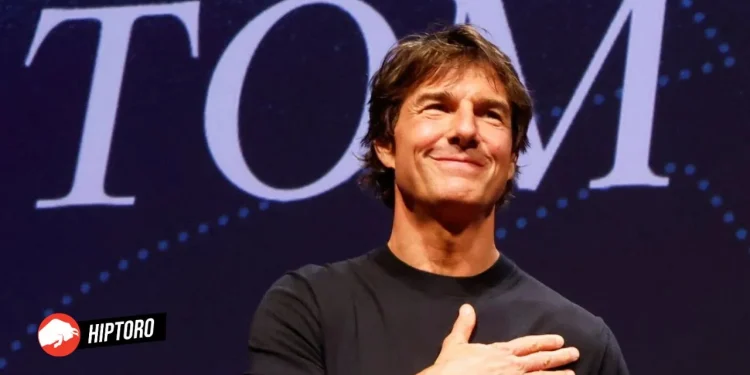Tom Cruise, born Thomas Cruise Mapother IV on July 3, 1962, in Syracuse, New York, is one of Hollywood’s most prominent and enduring actors, known for his charismatic presence and versatility across a wide range of genres. Rising to fame in the 1980s with standout roles in iconic films such as “Risky Business” (1983) and “Top Gun” (1986), Cruise quickly established himself as a leading man capable of captivating audiences with his dynamic performances and commitment to his craft.
Over the decades, he has become synonymous with the action genre, especially through his portrayal of Ethan Hunt in the “Mission: Impossible” series, where his penchant for performing daring stunts has only added to his star appeal.
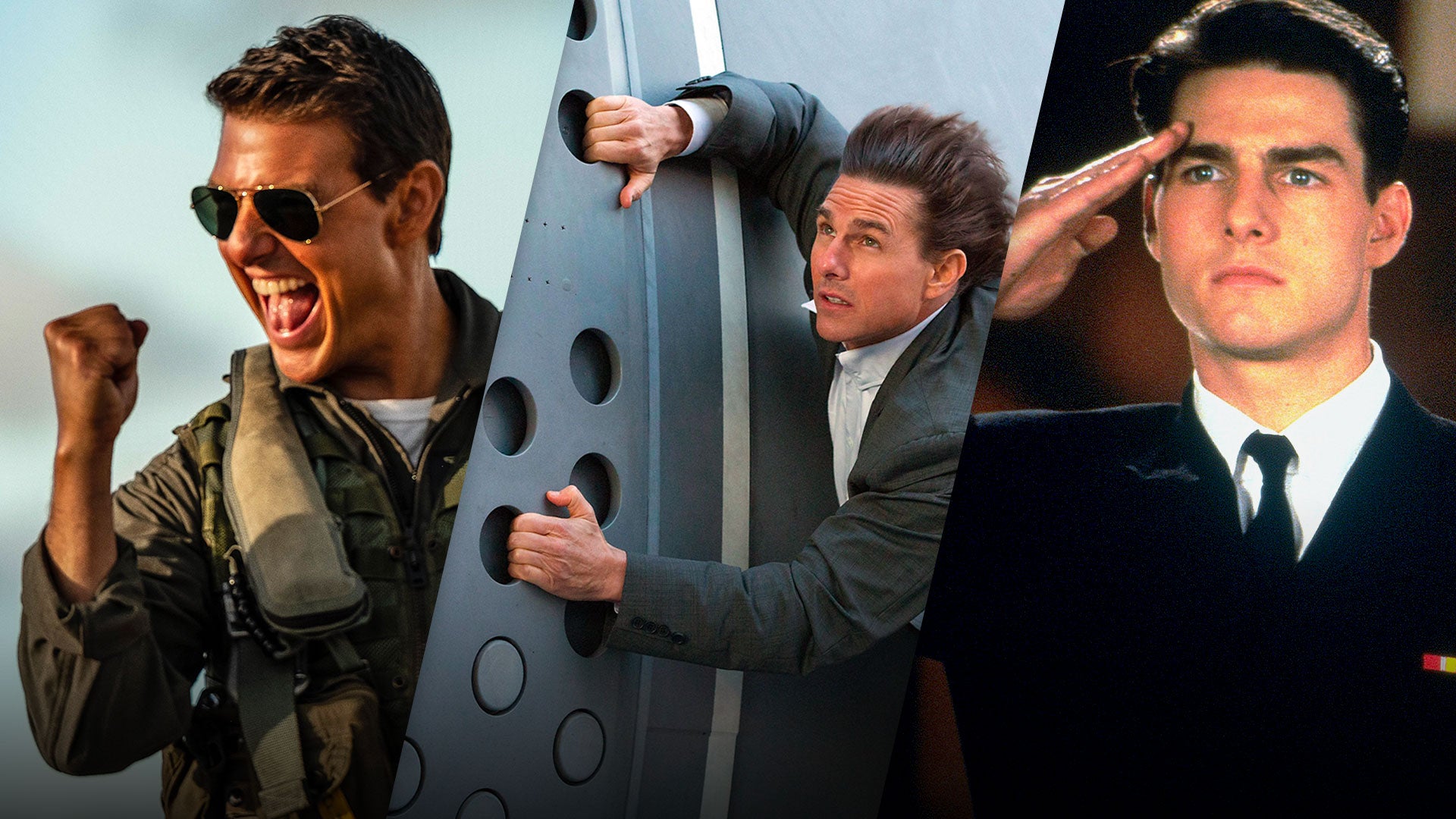
Beyond action and adventure, Tom Cruise has demonstrated remarkable range, earning critical acclaim in dramas like “Born on the Fourth of July” (1989), for which he received an Academy Award nomination, and “Jerry Maguire” (1996), showcasing his ability to navigate complex characters and emotive narratives.
His career is marked by collaborations with some of cinema’s most esteemed directors, including Stanley Kubrick, Steven Spielberg, and Martin Scorsese, underscoring his standing in the industry. With a career spanning over four decades, Tom Cruise continues to be a formidable force in cinema, constantly evolving and pushing the boundaries of film.
To embark on this comprehensive journey through Tom Cruise’s illustrious film career, we’ll begin with an introduction that sets the stage for a deep dive into his top 10 movies. This exploration will not only highlight the versatility and depth of Tom Cruise’s acting prowess but also delve into the cultural and cinematic impact of each film.
Tom Cruise, a name synonymous with Hollywood stardom and cinematic excellence, has carved an indelible mark on the film industry. With a career spanning over four decades, Cruise has demonstrated an unparalleled commitment to his craft, taking on roles that challenge the boundaries of storytelling and character development.
Known for his dynamic performances and dedication to performing his stunts, Tom Cruise’s filmography is a testament to his status as a veritable film icon. From heart-pounding action sequences to emotive dramatic roles, his versatility across genres has captivated audiences worldwide, making him one of the most bankable and enduring actors of his generation.
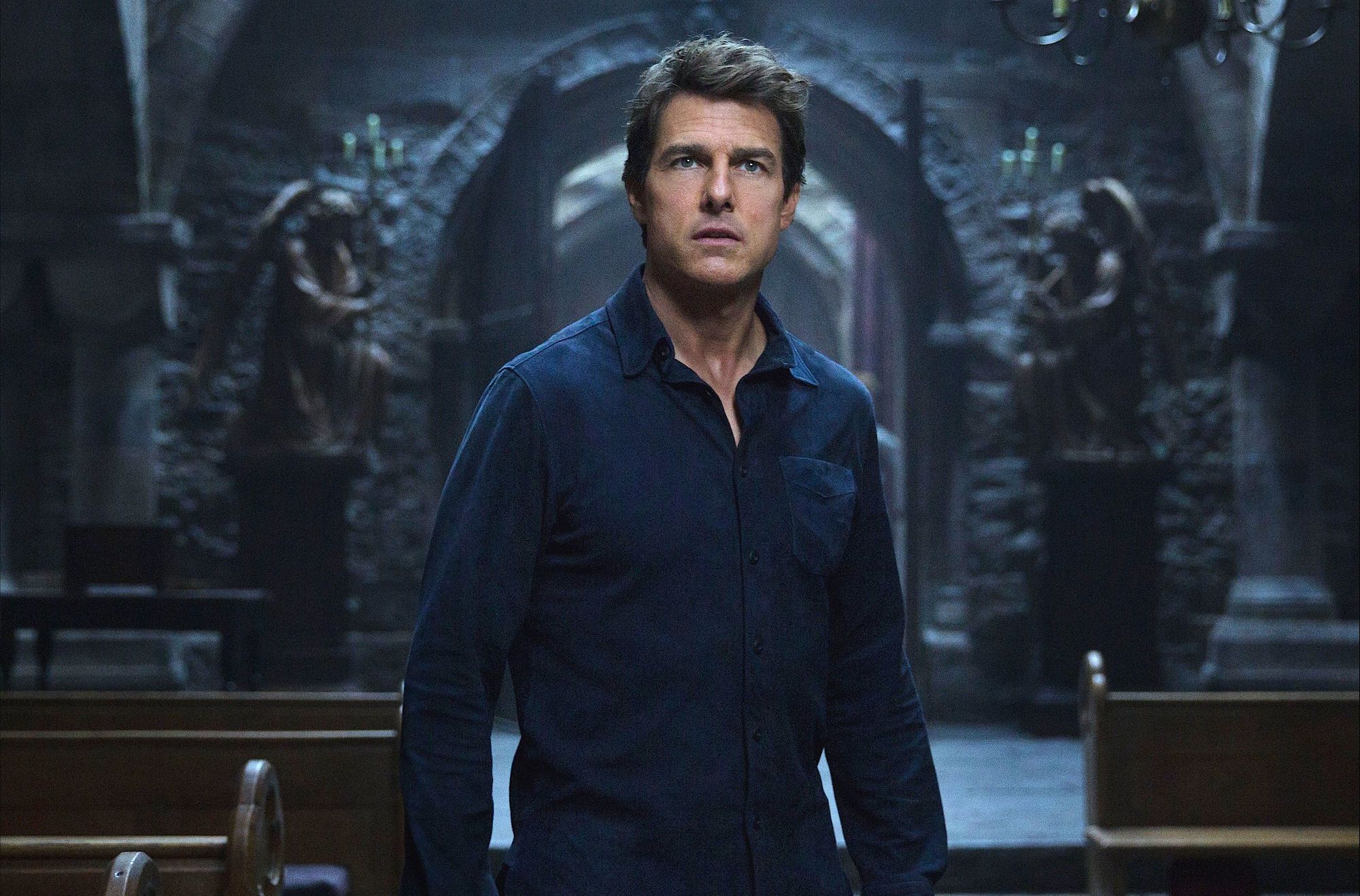
To generate a list of the top 10 movies of Tom Cruise, we’ll consider a combination of critical acclaim, box office success, and cultural impact. This list will serve as the foundation for our in-depth exploration of each film, starting with the most acclaimed and working our way through his memorable performances. As we dissect the elements that make each movie stand out, we’ll gain insights into Cruise’s evolution as an actor and the indelible mark he’s left on the film industry.
Now, let’s delve into a comprehensive exploration of each selected movie, starting with “Top Gun” and following the steps as outlined. Given the extensive nature of this task, I’ll begin with a detailed analysis of “Top Gun,” highlighting its significance, Tom Cruise’s role, and the impact it had on his career and pop culture.
1. “Top Gun” (1986)
“Top Gun” is not just a film; it’s a cultural phenomenon that catapulted Tom Cruise to international stardom and became emblematic of 80s cinema. Directed by Tony Scott and produced by Don Simpson and Jerry Bruckheimer, the film is set against Tom Cruise. The backdrop of the United States Navy’s elite fighter weapons school, where the best of the best train to refine their elite flying skills.
Tom Cruise stars as Pete “Maverick” Mitchell, a talented but reckless fighter pilot who competes against the top aviators in the country to be the best in class. Cruise’s portrayal of Maverick is charismatic and compelling, embodying the quintessential hero with a blend of vulnerability and determination. His performance not only solidified his position as a leading man in Hollywood but also established his persona as the charming and fearless action star, a mantle he has carried throughout his career.
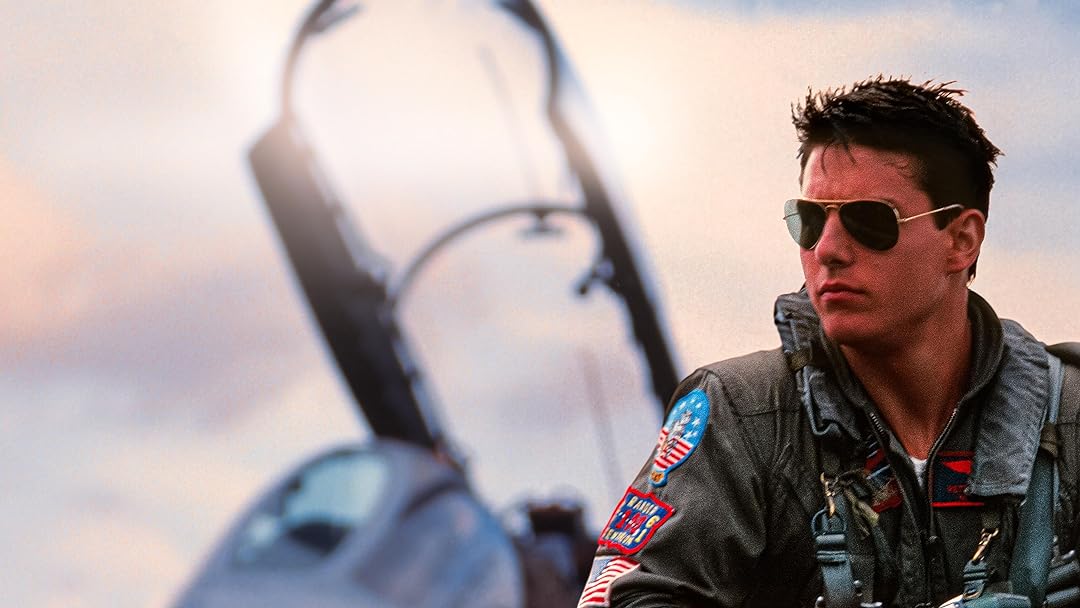
The film’s narrative, while focusing on the competitive nature of the Top Gun program, also delves into themes of friendship, love, and loss. Maverick’s relationship with his radar intercept officer, Nick “Goose” Bradshaw (played by Anthony Edwards), provides an emotional depth to the movie, highlighting the human elements behind the high-octane action scenes. The tragic turn of events that leads to Goose’s death serves as a pivotal moment in the film, forcing Maverick to confront his fears and grow as a person and pilot.
“Top Gun” was a monumental success at the box office, becoming the highest-grossing film of 1986. Its impact was further amplified by its soundtrack, featuring hits like “Danger Zone” by Kenny Loggins and “Take My Breath Away” by Berlin, which won the Academy Award for Best Original Song. The film’s aerial combat sequences, filmed with actual military jets, set a new standard for action sequences and have been celebrated for their exhilarating and visually spectacular nature.
The cultural impact of “Top Gun” extends beyond its immediate success. It has been credited with boosting recruitment into the Navy, particularly for the aviation program, illustrating the film’s persuasive portrayal of military life. Additionally, “Top Gun” has remained a touchstone of American pop culture, inspiring countless references, parodies, and homages in various media.

In conclusion, “Top Gun” represents a seminal moment in Tom Cruise’s career and the landscape of 1980s cinema. It exemplifies the perfect melding of action, character development, and storytelling, anchored by Cruise’s star-making performance. The film’s legacy is not just in its financial success or the accolades it received but in its enduring appeal and its role in shaping the action genre for years to come.
2. “Mission: Impossible – Fallout” (2018)
“Mission: Impossible – Fallout” represents a pinnacle in the storied film franchise, showcasing Tom Cruise’s dedication to the craft of action cinema and reaffirming his status as one of the most committed actors in the industry. Directed by Christopher McQuarrie, who has become a close collaborator of Cruise, this sixth installment elevates the series to new heights with its complex narrative, breathtaking set pieces, and deep character development.
In “Fallout,” Tom Cruise reprises his role as Ethan Hunt, an IMF (Impossible Missions Force) agent known for his unparalleled skill and willingness to do whatever it takes to protect the world from catastrophic threats.
This installment sees Hunt and his team racing against time after a mission gone wrong, facing off against nuclear terrorists and a shadowy network of operatives with ties to Hunt’s past. Cruise’s performance is both physically demanding and emotionally nuanced, as Hunt confronts personal demons and moral dilemmas, adding layers to a character that has become synonymous with the actor himself.
The film is celebrated for its action sequences, which are among the most ambitious and meticulously crafted in recent memory. Tom Cruise’s commitment to performing his own stunts reaches a zenith in “Fallout,” with sequences like the HALO (High Altitude Low Opening) jump, a high-speed motorcycle chase through Paris, and a helicopter duel in the Kashmir mountains. These stunts are not just visually spectacular; they serve the story, enhancing the stakes and immersing the audience in the tension of Hunt’s mission.
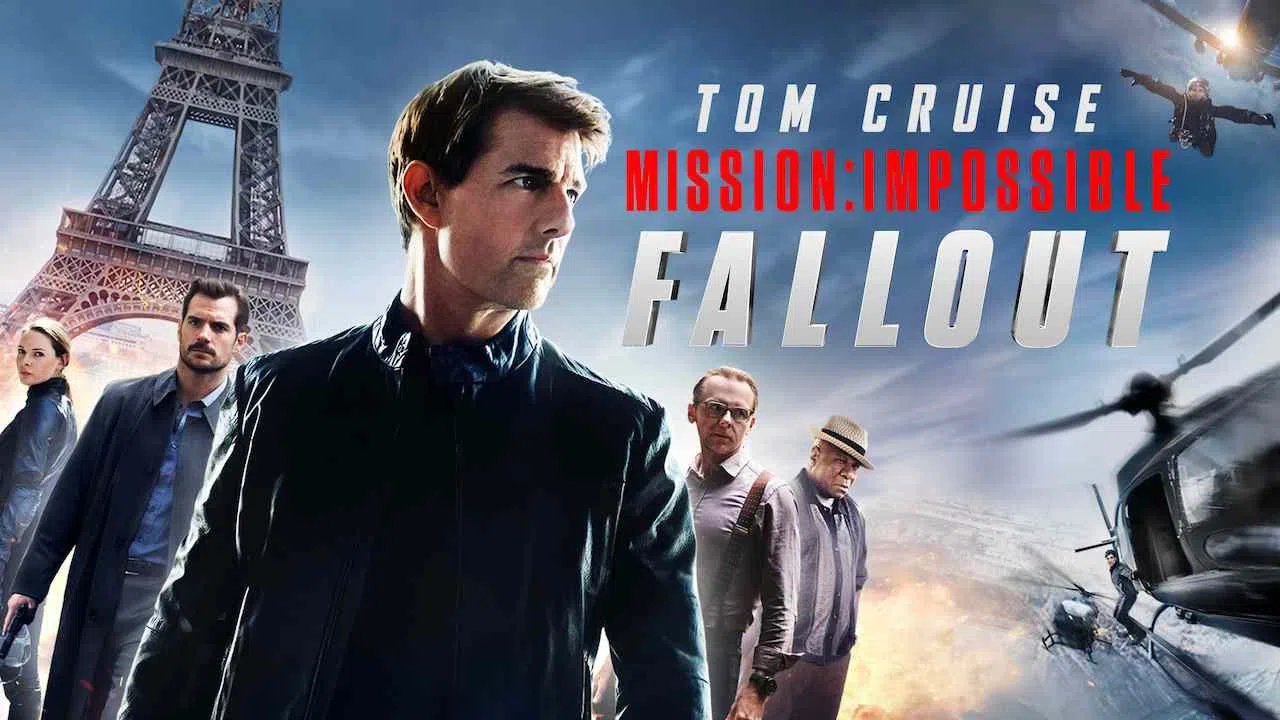
“Mission: Impossible – Fallout” also delves into the emotional and ethical complexities of espionage, with Hunt’s loyalty to his friends and his unyielding moral compass tested like never before. The film explores themes of sacrifice, trust, and redemption, offering a more introspective look at the world of espionage than many of its predecessors. The dynamic between Hunt and his allies, particularly Ving Rhames’ Luther Stickell and Simon Pegg’s Benji Dunn, provides a heartfelt counterbalance to the high-octane action, emphasizing the importance of camaraderie and trust in a world rife with deceit.
Critically acclaimed, “Fallout” received praise for its direction, screenplay, and particularly for Tom Cruise’s performance and commitment to the action genre. The film was a box office success, further cementing the “Mission: Impossible” series as a cornerstone of action cinema and demonstrating the enduring appeal of Tom Cruise as a leading man capable of drawing audiences into complex, high-stakes narratives.

In summary, “Mission: Impossible – Fallout” is not just a high point for the franchise but a defining moment in Tom Cruise’s career. It showcases his unparalleled commitment to his craft, his ability to convey emotional depth and complexity, and his status as an action star who continually pushes the boundaries of the genre. The film’s legacy lies in its contribution to the evolution of action cinema, proving that with innovation, dedication, and a focus on storytelling, the genre can offer some of the most compelling and engaging experiences in filmmaking.
3. “Rain Man” (1988)
“Rain Man” stands as a monumental film in Tom Cruise’s career, showcasing his versatility as an actor and marking a departure from the action-packed roles that initially propelled him to stardom. Directed by Barry Levinson, this film is a poignant exploration of family, disability, and personal growth. It not only solidified Tom Cruise’s reputation as a capable dramatic actor but also contributed significantly to discussions around autism and the representation of autistic individuals in media.
In “Rain Man,” Tom Cruise plays Charlie Babbitt, a self-absorbed, materialistic car dealer who discovers that his estranged brother, Raymond (played by Dustin Hoffman), an autistic savant, has inherited the majority of their father’s estate. The film chronicles their cross-country journey, which becomes a transformative experience for Charlie as he evolves from a man motivated by greed to one who learns the value of family and compassion.
Tom Cruise’s portrayal of Charlie is nuanced and compelling. He effectively captures the complexity of a character who is initially unlikeable, gradually peeling back layers to reveal depth, vulnerability, and a capacity for change. This performance is a testament to Cruise’s range and his ability to hold his own opposite Hoffman, whose role required a portrayal of autism with sensitivity and authenticity.
“Rain Man” was groundbreaking in its portrayal of autism, a subject not widely understood or accurately depicted in the 1980s. While the film has sparked debate over the years regarding its depiction of autism and the concept of the “savant syndrome,” it undeniably played a significant role in increasing public awareness and understanding of the condition. Hoffman’s performance, combined with Tom Cruise’s, delivers a powerful narrative that challenges perceptions and stereotypes about autism, emphasizing the individuality and humanity of people on the autism spectrum.
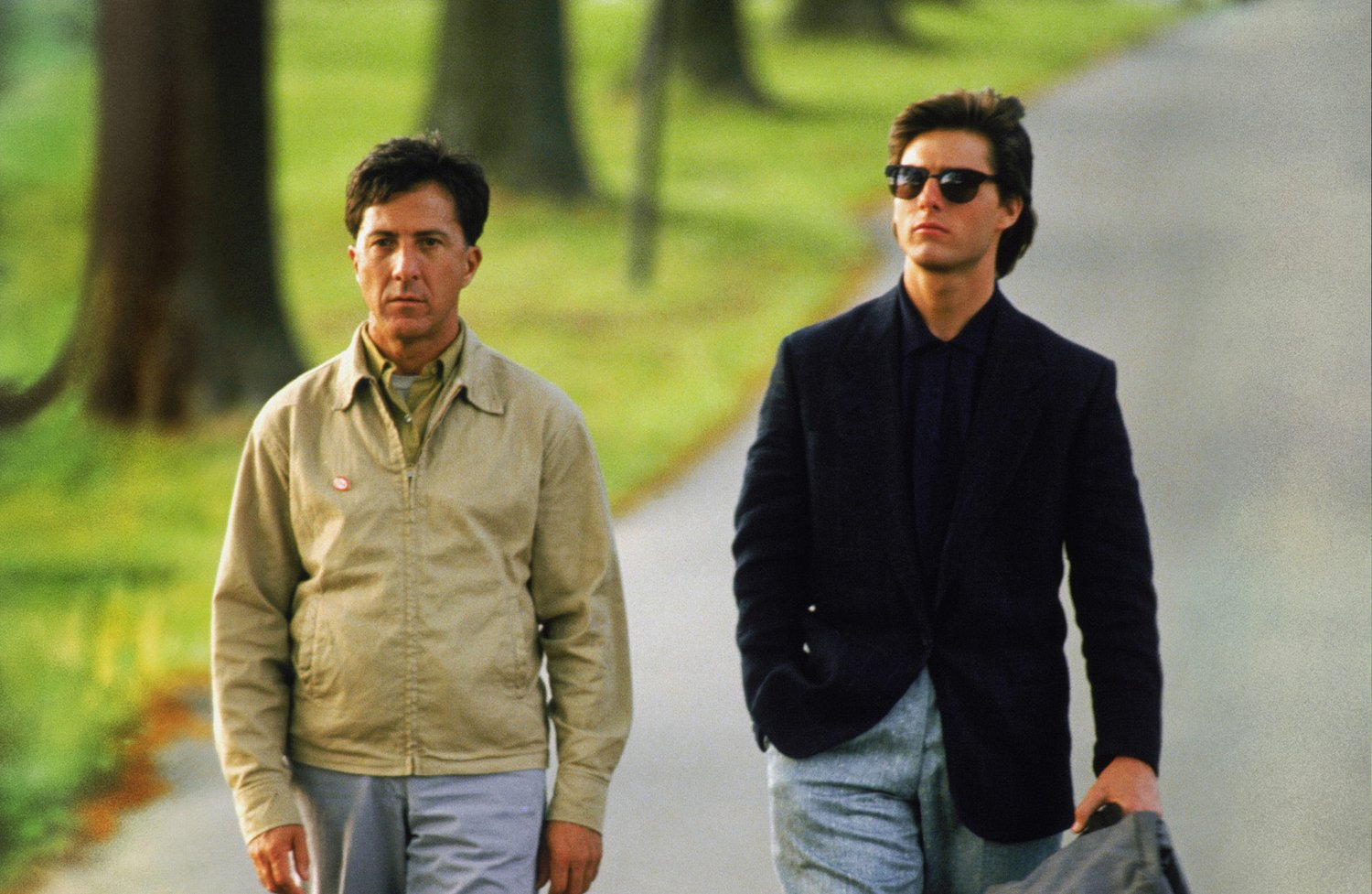
“Rain Man” received critical acclaim upon its release, earning multiple Academy Awards, including Best Picture, Best Director for Levinson, and Best Actor for Hoffman. Tom Cruise’s performance was widely praised, with many noting his ability to convey a complex character arc convincingly. The film was not only a commercial success but also left a lasting impact on cinema and society’s understanding of autism.

In summary, “Rain Man” is a pivotal film that showcases Tom Cruise’s dramatic range and his ability to engage with complex, socially relevant themes. It stands as a testament to the power of cinema to explore the depths of human relationships and challenge societal perceptions, making it one of the most important films in Cruise’s career and the broader landscape of American film.
4. “Jerry Maguire” (1996)
“Jerry Maguire” is a film that brilliantly marries the worlds of sports, love, and personal integrity, creating a narrative that resonates deeply with its audience. Directed by Cameron Crowe, this romantic drama-comedy explores the life of a sports agent who experiences a moral epiphany and seeks to bring a more human touch to the cutthroat industry of sports management. Tom Cruise’s portrayal of the titular character, Jerry Maguire, is a masterclass of in-depth and vulnerability, showcasing his ability to navigate complex emotional landscapes and deliver memorable performances.
In the film, Jerry Maguire is a successful sports agent at the top of his game who suddenly questions the lack of genuine human connections in his industry. After a late-night epiphany, he writes a mission statement about the importance of personal relationships over money, which leads to his professional downfall. This sets him on a journey of self-discovery, during which he starts his agency with the sole client, Rod Tidwell (played by Cuba Gooding Jr.), an underappreciated football player, and the loyal support of his former accountant, Dorothy Boyd (played by Renée Zellweger).
Tom Cruise’s performance captures the essence of a man caught between the allure of success and the desire for authenticity. His dynamic portrayal of Jerry’s charisma, desperation, and ultimate redemption is compelling and relatable. Cruise brings a palpable sincerity to the role, allowing the audience to root for Jerry despite his flaws and missteps. This role differs from Cruise’s more action-oriented characters, highlighting his versatility and the breadth of his acting skills.
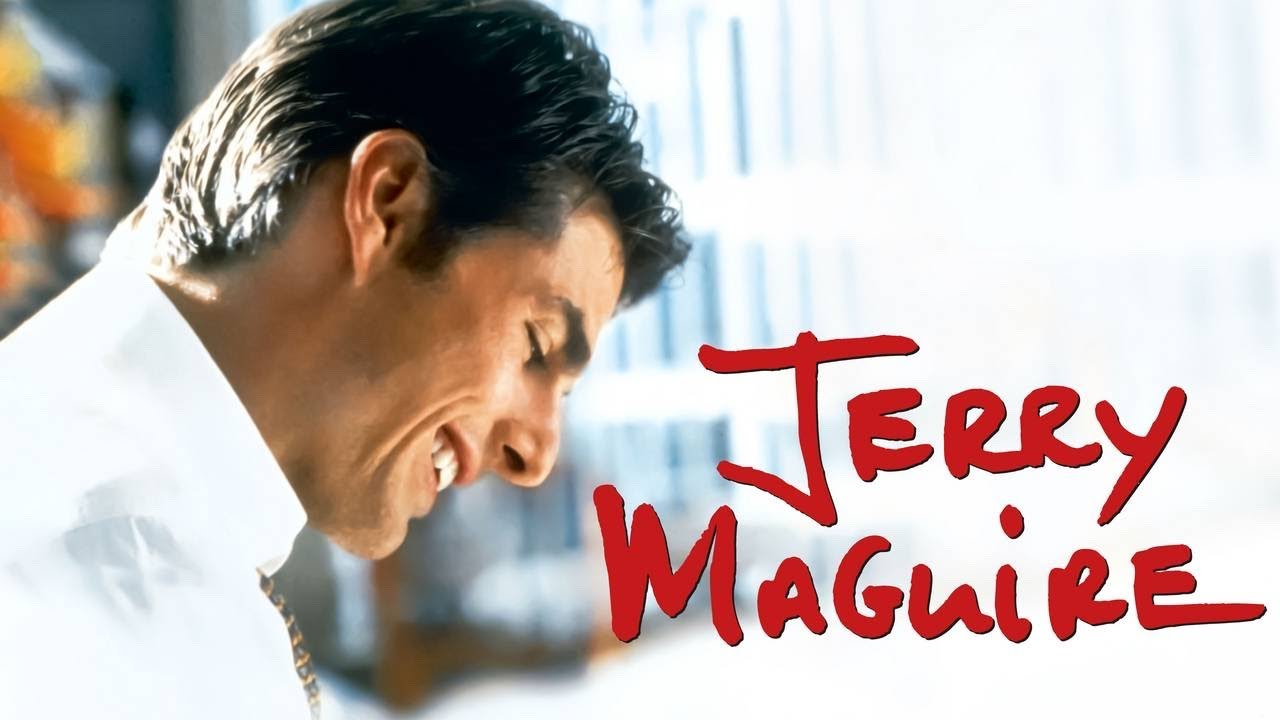
“Jerry Maguire” is celebrated for its rich character development, especially in the dynamic between Jerry and Rod. Cuba Gooding Jr.’s Oscar-winning performance as Rod Tidwell, alongside Tom Cruise, creates a powerful on-screen chemistry that drives much of the film’s emotional weight. Their relationship evolves from a purely professional association to a deep, genuine friendship, encapsulating the film’s core message about the value of personal connections.
“Jerry Maguire” received critical and commercial success, with accolades for its screenplay, direction, and performances, particularly that of Tom Cruise, Gooding Jr., and Zellweger. It not only showcased Cruise’s ability to lead a film that blends drama and romance but also solidified his status as one of Hollywood’s most bankable and versatile actors.

In summary, “Jerry Maguire” is a standout film in Tom Cruise’s career, demonstrating his exceptional talent for bringing complex characters to life and engaging with audiences on an emotional level. It remains a poignant reflection on the human condition, celebrating the idea that at the heart of every endeavor, whether personal or professional, lies the need for connection and authenticity.
5. “Mission: Impossible – Ghost Protocol” (2011)
“Mission: Impossible – Ghost Protocol,” directed by Brad Bird, is the fourth installment in the “Mission: Impossible” series and a pivotal film that rejuvenated the franchise with its innovative action sequences and global scope. Tom Cruise returns as Ethan Hunt, leading a team of IMF agents on a mission to clear their organization’s name following a terrorist bombing of the Kremlin. The film is notable for its breathtaking set pieces, including the now-iconic sequence of Cruise scaling the Burj Khalifa in Dubai, the tallest building in the world—a stunt that epitomizes Cruise’s dedication to performing his stunts and elevating the action genre to new heights.
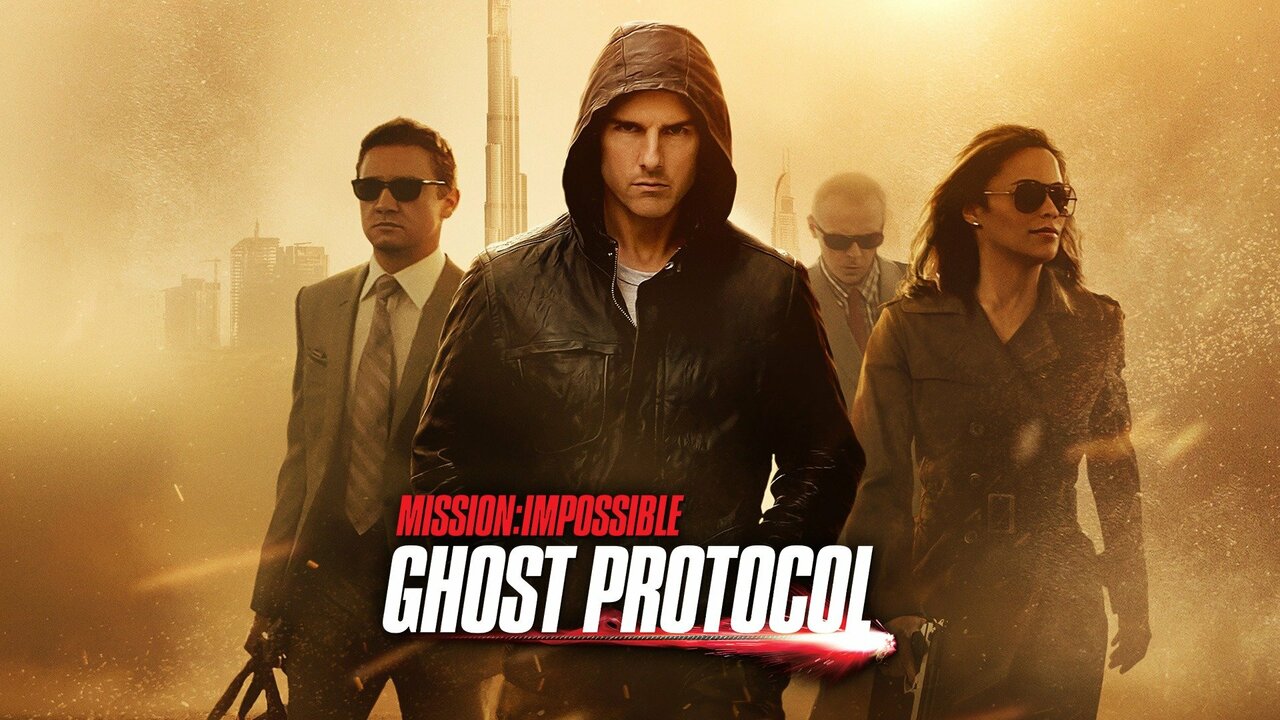
This installment stands out for its blend of humor, character development, and high-stakes action, making it one of the most critically and commercially successful films in the series. It showcases Tom Cruise’s ability to evolve the character of Ethan Hunt, adding layers of complexity and leadership that resonate with audiences. “Ghost Protocol” not only solidified the “Mission: Impossible” franchise’s place in modern cinema but also underscored

6. “A Few Good Men” (1992): A Cinematic Exploration of Truth and Morality
In the annals of courtroom dramas, “A Few Good Men” stands out as a beacon of intense narrative and stellar performances. Directed by Rob Reiner and penned by the acclaimed Aaron Sorkin, the film navigates the murky waters of military ethics, the quest for truth, and the heavy cost of integrity. Starring Tom Cruise, Jack Nicholson, and Demi Moore, this legal drama encapsulates the tension and drama of a courtroom battle while delving deep into the ethos of the U.S. Marine Corps.
At the heart of “A Few Good Men” is Lt. Daniel Kaffee (Tom Cruise), a young and inexperienced Navy lawyer with a penchant for plea bargains. Kaffee is tasked with defending two Marines, Lance Cpl. Harold Dawson and Pfc. Louden Downey, accused of murdering a fellow Marine at the Guantanamo Bay Naval Base. Alongside Lt. Cmdr. JoAnne Galloway (Demi Moore) and Lt. Sam Weinberg (Kevin Pollak), Kaffee unravels a tangled web of honor, duty, and systemic corruption that challenges his preconceptions about law and morality.
The film’s narrative brilliance lies in its ability to intertwine the personal growth of its characters with the overarching legal drama. Kaffee’s journey from a lackadaisical lawyer to a man of conviction mirrors the film’s deeper exploration of what it means to stand up for what is right, even against overwhelming odds. This transformation is catalyzed by his confrontations with Col. Nathan R. Jessep (Jack Nicholson), the base commander whose formidable presence and staunch defense of Marine Corps values underscore the film’s ethical quandaries.
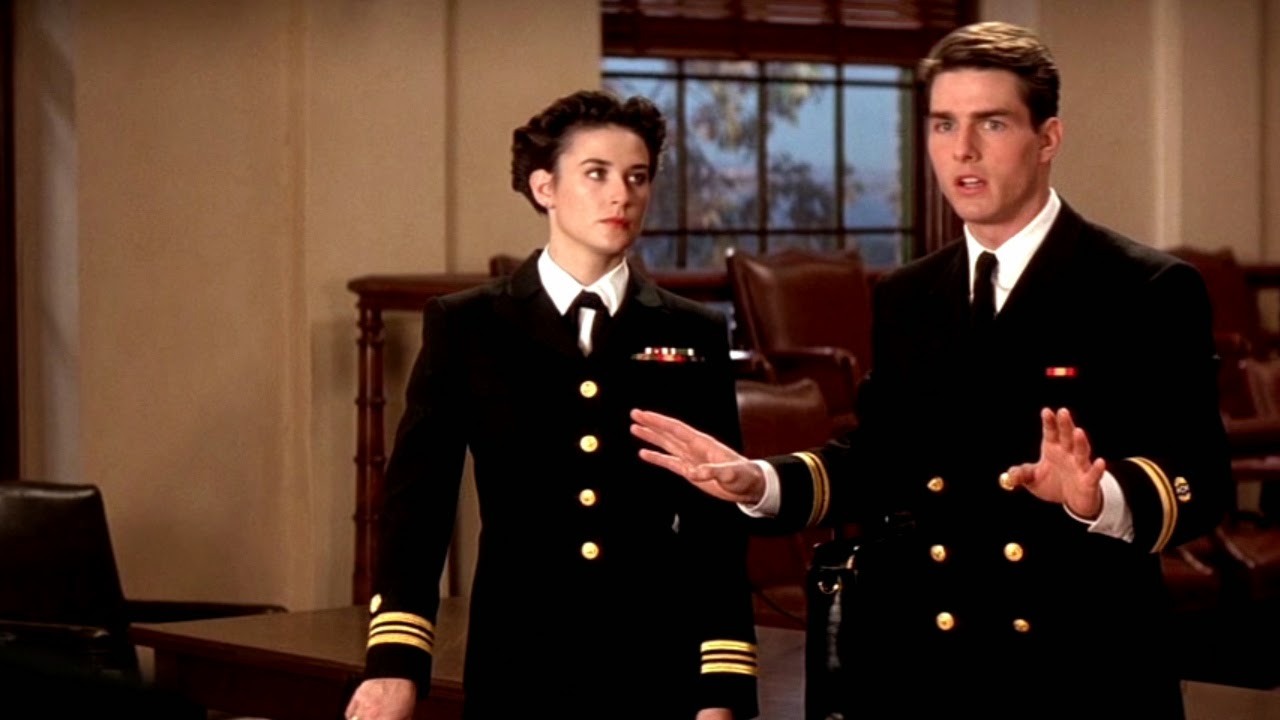
Nicholson’s portrayal of Jessep is unforgettable, culminating in the film’s climax during a tense courtroom showdown where the famous line, “You can’t handle the truth!” is delivered. This moment not only showcases the actors’ prowess but also encapsulates the film’s central theme: the often painful pursuit of truth in a world mired in shades of gray.
“A Few Good Men” also shines a light on the military’s code of honor and the concept of “unit, corps, God, country.” The film probes the dangers of blind obedience and the moral dilemmas faced by those who serve, presenting a nuanced view of military life that resonates with both veterans and civilians alike.
Critical reception of “A Few Good Men” was overwhelmingly positive, with particular praise for its tight screenplay, Reiner’s direction, and the cast’s performances. The film was a box office success, further cementing its status as a classic of the genre. It received several Academy Award nominations, underscoring its impact on both audiences and critics.

In conclusion, “A Few Good Men” is more than just a courtroom drama; it is a profound study of character, a commentary on military ethos, and a riveting narrative of the human spirit’s capacity for courage and integrity. Through its masterful storytelling and memorable performances, the film invites audiences to ponder the price of truth and the moral compass that guides us through life’s toughest trials.
7. “Edge of Tomorrow” (2014): A Groundbreaking Fusion of Sci-Fi and Action
“Edge of Tomorrow,” directed by Doug Liman and based on the Japanese light novel “All You Need Is Kill” by Hiroshi Sakurazaka, stands as a seminal work in the science fiction genre, blending the thrill of action with the depth of a time-loop narrative. The film stars Tom Cruise as Major William Cage, a public relations officer with no combat experience, who is thrust into a war against an alien race known as the Mimics. After being killed within minutes of his first battle, Cage finds himself caught in a time loop, reliving the same day over and over, each time learning more about the enemy and how to combat them. Alongside Sergeant Rita Vrataski (Emily Blunt), a renowned warrior within the United Defense Force, Cage embarks on a quest to use his unique situation to defeat the invaders.
At its core, “Edge of Tomorrow” explores themes of resilience, transformation, and the human capacity to adapt and overcome insurmountable odds. Cruise’s character, initially portrayed as a cowardly figure seeking to avoid combat at all costs, undergoes a profound metamorphosis. Through the crucible of repeated battles and deaths, Cage evolves from a man of rhetoric to a warrior of substance, embodying the film’s message that perseverance and experience are key to mastering one’s fate.
Emily Blunt’s performance as Rita Vrataski is equally pivotal to the film’s narrative. Vrataski, known as the “Angel of Verdun” for her battlefield prowess, serves as both mentor and ally to Cage. Blunt’s portrayal of a tough, skilled soldier contributes significantly to the film’s breaking of traditional gender roles in action cinema, presenting a female character whose strength, skill, and leadership are instrumental in the fight against the alien threat.
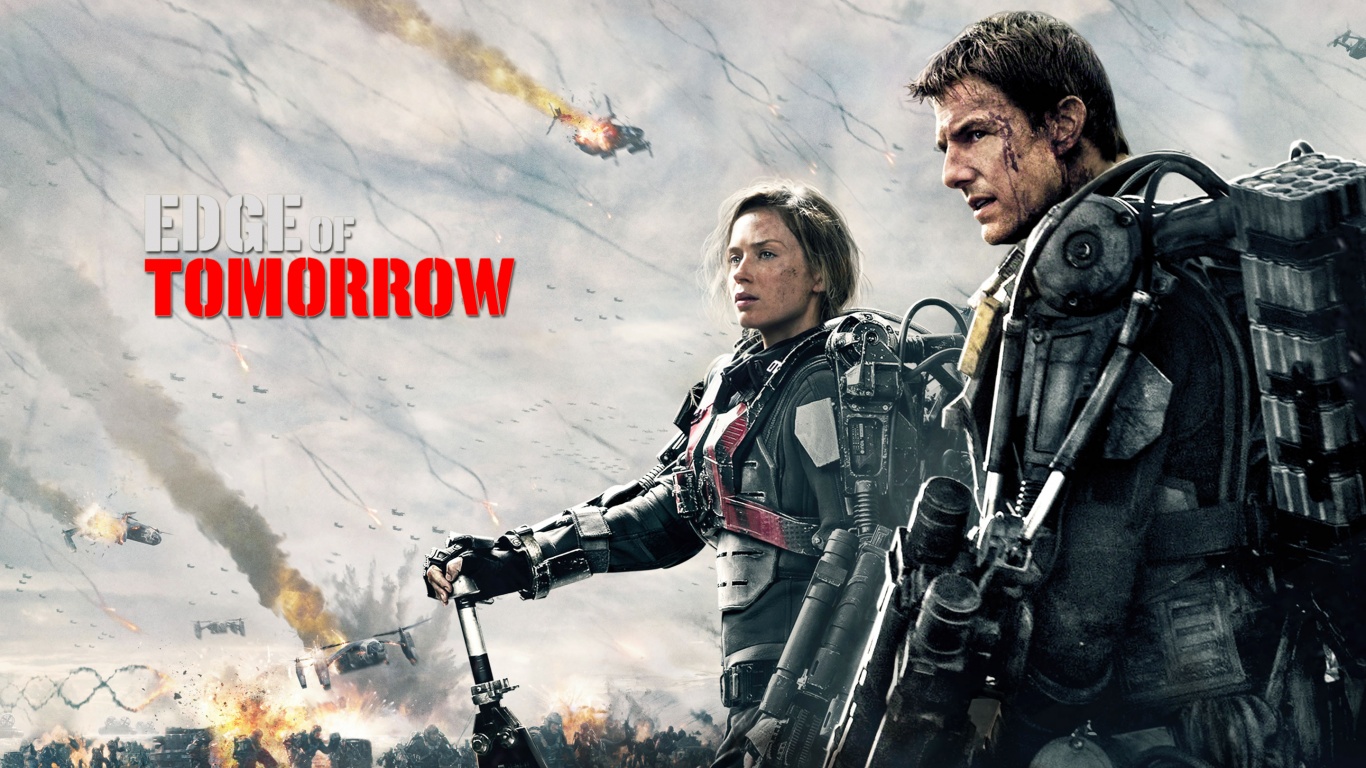
The film’s innovative use of the time-loop mechanism sets it apart from other entries in the science fiction and action genres. Rather than using the time loop as a mere plot device, “Edge of Tomorrow” integrates it into the story’s fabric, using it to drive character development, narrative progression, and thematic depth. This repetition serves not only to enhance the film’s action sequences but also to delve into the existential dread and fatigue of endless combat, making the narrative both exhilarating and emotionally resonant.
Critically acclaimed for its clever screenplay, expert direction, and engaging performances, “Edge of Tomorrow” received praise for its ability to balance high-octane action with a compelling, character-driven story. The film’s visual effects, particularly its portrayal of the Mimics and the battle sequences, were lauded for their innovation and realism, contributing to the movie’s immersive experience.
Commercially, “Edge of Tomorrow” performed well, solidifying its status as a standout film within Tom Cruise’s career and the science fiction genre at large. Its success underscored the appeal of intelligent, well-crafted sci-fi films that challenge audiences while providing the thrill and spectacle expected of blockbuster cinema.

In summary, “Edge of Tomorrow” is not just a film about aliens and time loops; it is a nuanced exploration of growth, resilience, and the human spirit’s indefatigable will to survive. With its innovative narrative structure, strong character arcs, and thought-provoking themes, the film has cemented its place as a modern classic in the science fiction genre, offering a compelling vision of heroism and sacrifice in the face of the unknown.
8. “The Last Samurai” (2003): A Poignant Tale of Honor and Redemption
Directed by Edward Zwick, “The Last Samurai” is a visually stunning and emotionally charged film that explores themes of honor, courage, and the clash of cultures. Set in Japan during the 1870s, the film stars Tom Cruise as Captain Nathan Algren, a disenchanted American soldier haunted by his past, who finds redemption and a sense of purpose in the most unlikely of places. Through its epic narrative and deep philosophical undertones, “The Last Samurai” offers a rich tapestry of character development, cultural reflection, and action, making it one of the most memorable films in Cruise’s illustrious career.
Algren is initially hired to train the Imperial Japanese Army in the use of modern firearms to quell a samurai rebellion led by Katsumoto (Ken Watanabe), a character based on the historical samurai Saigō Takamori. However, following a battle, Algren is captured by the samurai and, during his time with them, comes to understand and respect their way of life and code of honor. The film delicately navigates Algren’s transformation, portraying his journey from a man tormented by the horrors of war to one who embraces the values and discipline of the samurai culture.
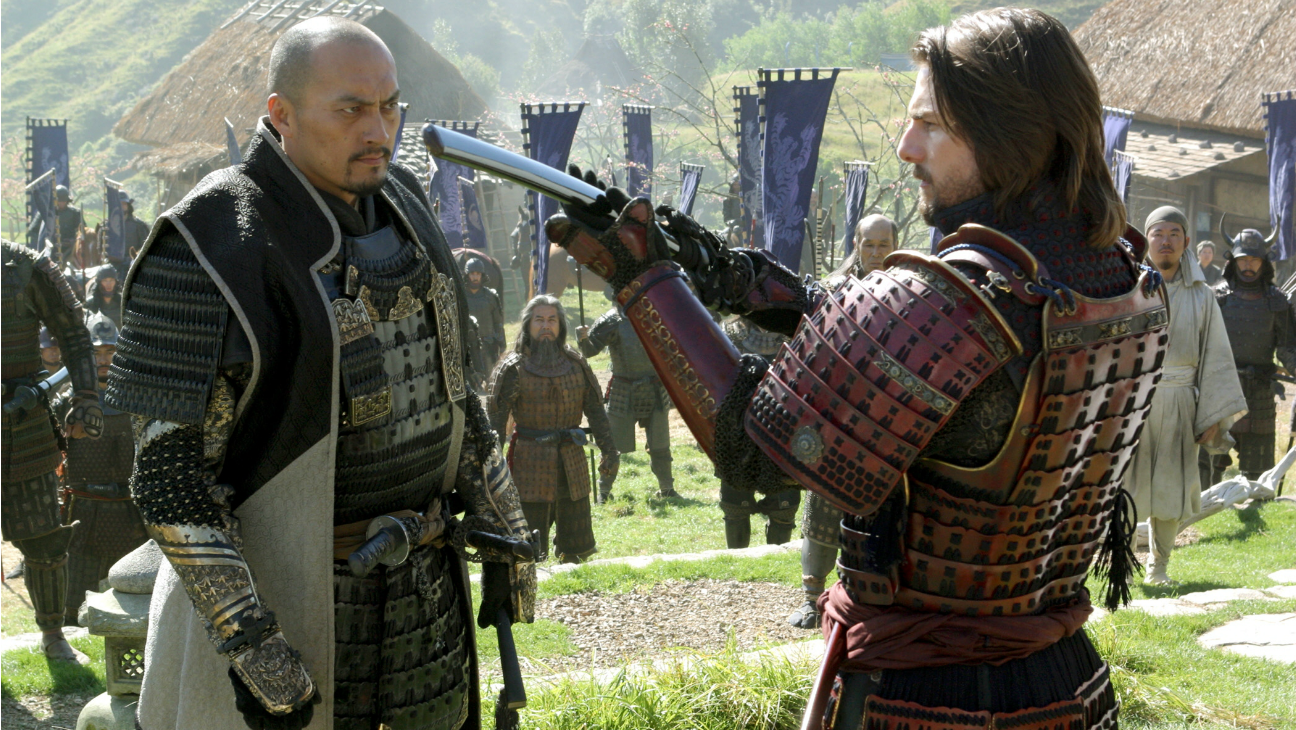
Tom Cruise delivers one of his most nuanced performances as Nathan Algren, capturing the internal conflict and eventual spiritual awakening of his character with depth and sensitivity. His portrayal is complemented by Ken Watanabe’s compelling depiction of Katsumoto, a man torn between his loyalty to the samurai traditions and the inevitable change facing his country. The dynamic between Algren and Katsumoto is at the heart of the film, embodying the themes of understanding, respect, and the search for meaning in a changing world.
“The Last Samurai” is renowned for its breathtaking cinematography and meticulous attention to historical detail. The film’s portrayal of 19th-century Japan, from the majestic landscapes to the intricacies of samurai armor and swordplay, immerses viewers in a time of tumultuous change. The battle scenes are both grandiose and intimate, capturing the brutality of conflict while highlighting the personal courage and sacrifice of the individuals involved.
Edward Zwick’s direction and the screenplay by John Logan, Marshall Herskovitz, and Zwick himself navigate the cultural and moral complexities of the story with care and respect. The film avoids simple dichotomies of good versus evil, instead presenting a nuanced exploration of the impact of imperialism and the struggle to preserve one’s heritage and beliefs in the face of overwhelming odds.

In conclusion, “The Last Samurai” is a powerful film that transcends the conventions of the historical epic genre. Through its compelling narrative, stunning visuals, and profound themes, it offers a meditation on the nature of honor, the pain of loss, and the possibility of redemption. Tom Cruise’s transformative performance, coupled with a strong supporting cast and masterful direction, ensures that “The Last Samurai” remains a poignant and enduring cinematic experience.
9. “Collateral” (2004): A Stylish Noir Thriller in the Heart of Los Angeles
Michael Mann’s “Collateral” stands as a shining example of the modern noir thriller, set against the backdrop of Los Angeles’ nocturnal landscape. Released in 2004, the film is a compelling narrative of chance encounters, moral dilemmas, and the unlikely connection between two men on opposite sides of a deadly game. Starring Tom Cruise in a rare antagonist role and Jamie Foxx as an everyday man caught in extraordinary circumstances, “Collateral” offers a gripping exploration of fate, morality, and the duality of human nature.
Tom Cruise delivers one of his most nuanced performances as Vincent, a cold and calculating contract killer on a mission to eliminate witnesses in a major federal trial. The casting of Cruise, typically known for his heroic roles, as the film’s villain, adds a layer of complexity and unpredictability to the narrative. Vincent’s philosophical musings and professional detachment from his actions provide a chilling glimpse into the psyche of a man who views life through a lens of clinical efficiency.
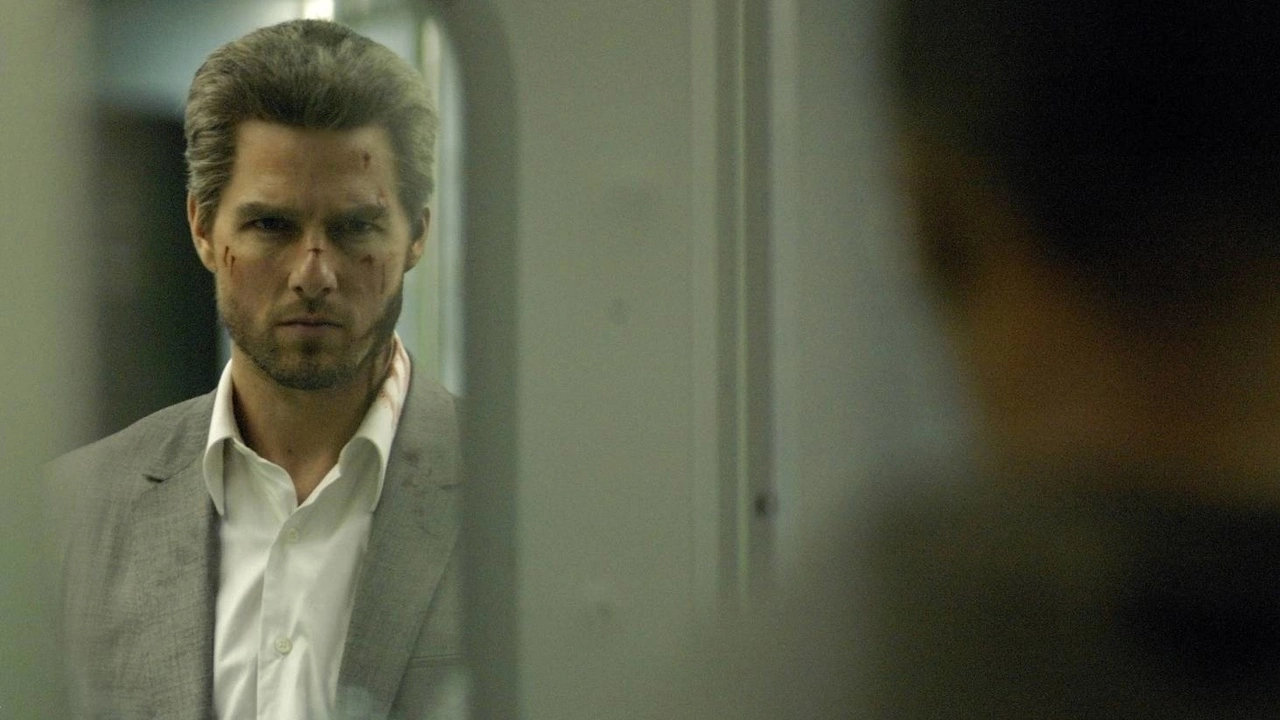
Jamie Foxx’s portrayal of Max, a meticulous and ambitious cab driver with dreams of starting his own limousine company, serves as the perfect counterpoint to Vincent’s character. Max’s initial naivety and reluctance to engage with the darker aspects of life are gradually stripped away as he is forced to navigate the moral complexities of his situation. Foxx’s performance, which earned him an Academy Award nomination for Best Supporting Actor, captures the essence of a man undergoing a profound transformation under pressure.
“Collateral” is distinguished by its atmospheric direction and innovative cinematography. Michael Mann’s use of digital video to capture the city of Los Angeles at night creates a haunting, almost dreamlike quality that enhances the film’s tension and sense of dislocation. The neon-lit streets, deserted alleyways, and bustling nightclubs of the city become characters in their own right, contributing to the film’s immersive ambiance.
“Collateral” also excels in its action sequences, which are executed with Mann’s trademark precision and realism. However, it is the psychological depth and character-driven drama that truly set the film apart. The dialogue is sharp and reflective, offering insights into the characters’ philosophies and motivations, while the soundtrack, featuring a mix of jazz, electronica, and ambient tracks, complements the film’s moody aesthetic.

In conclusion, “Collateral” is a masterful blend of action, drama, and psychological thriller that challenges audiences to ponder the nature of fate and morality. With its innovative visual style, compelling performances, and atmospheric setting, the film remains a standout entry in the careers of both Michael Mann and Tom Cruise, as well as a captivating portrait of Los Angeles after dark. Through its exploration of the chance encounters that can alter the course of our lives, “Collateral” invites viewers to reflect on the thin line between order and chaos in the urban landscape.
10. “Minority Report” (2002): A Visionary Glimpse into the Future of Justice
Steven Spielberg’s “Minority Report,” released in 2002, is a tour de force of science fiction and neo-noir, presenting a future where law enforcement pre-empts crime, arresting murderers before they commit their crimes. Based on Philip K. Dick’s short story, the film blends thrilling action, profound ethical inquiries, and groundbreaking visual effects to explore themes of free will, determinism, and the moral complexities of a seemingly infallible justice system. Starring Tom Cruise as Chief John Anderton, the head of the Precrime unit, “Minority Report” is as much an introspective journey as it is a societal critique, solidifying its place as a landmark film in the sci-fi genre.
Set in Washington, D.C., in 2054, the narrative centers on the Precrime police force, which utilizes the visions of three “precogs,” psychic individuals who can foresee crimes before they happen. When Anderton finds himself accused of a future murder, he must unravel a deep conspiracy within the system he once staunchly defended. Tom Cruise delivers a compelling performance as a man on the run, grappling with personal loss, battling addiction, and confronting the ethical dilemmas posed by the technology that defines his world.
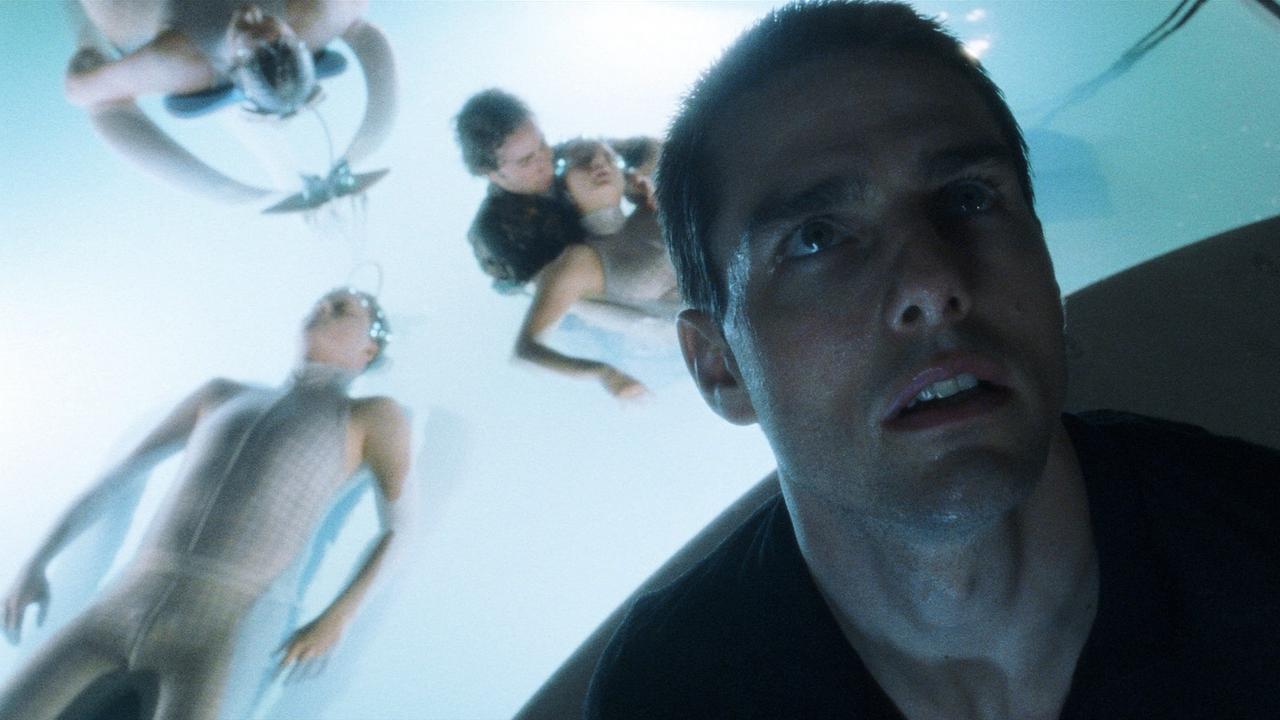
“Minority Report” is distinguished by its richly imagined world, where Spielberg and his team offer a detailed vision of the future that is both awe-inspiring and chillingly plausible. The film’s depiction of advanced technology, from personalized advertising and retina scans to sleek, magnetic levitation vehicles, reflects a deep consideration of the trajectory of innovation and its impact on society. This attention to detail extends to the Precrime methodology itself, portrayed as a blend of cutting-edge technology and human vulnerability, encapsulating the film’s central tensions between technology’s promise and its perils.
One of the film’s most notable achievements is its visual style, characterized by a distinctive bleach bypass look that gives the imagery a cold, metallic sheen, accentuating the story’s noir elements. This aesthetic choice complements the narrative’s exploration of vision and perception, both literal and metaphorical, as Anderton seeks to prove his innocence and uncover the truth behind the Precrime system.
At the heart of “Minority Report” are the ethical questions it raises about justice and surveillance. The film prompts viewers to consider the consequences of sacrificing personal freedoms for the sake of security and the potential for abuse within systems of power. Through Anderton’s journey, the narrative delves into the complexities of fate and choice, challenging the notion of predestination and highlighting the inherent value of human agency.

In conclusion, “Minority Report” stands as a seminal work in the science fiction canon, offering a gripping narrative enriched by its philosophical depth and visual innovation. Beyond its entertainment value, the film serves as a cautionary tale about the potential consequences of unchecked technological advancement and the importance of safeguarding individual liberties. With its compelling exploration of free will versus determinism, “Minority Report” remains a relevant and provocative reflection on the human condition, justice, and the future of society.
The Future of Tom Cruise in Cinema
Looking ahead, Tom Cruise shows no signs of slowing down. His continued pursuit of challenging projects and his willingness to push technological and narrative boundaries suggest that he will remain a formidable presence in Hollywood. Future projects, including further installments in the “Mission: Impossible” series and collaborations with directors like Christopher McQuarrie, promise to further cement his legacy as an actor who combines commercial appeal with artistic ambition.
Conclusion
Tom Cruise’s journey through Hollywood has been characterized by a relentless pursuit of excellence, a willingness to take risks, and a deep respect for the art of filmmaking. His top 10 films, as explored in this overview, represent just a fraction of his contributions to cinema.
They highlight an actor whose legacy is defined not only by box office receipts and accolades but also by the impact of his work on audiences and the film industry. As we continue to witness his evolution, one thing remains clear: Tom Cruise is a cinematic force, constantly redefining what it means to be a star in the ever-changing landscape of Hollywood.


